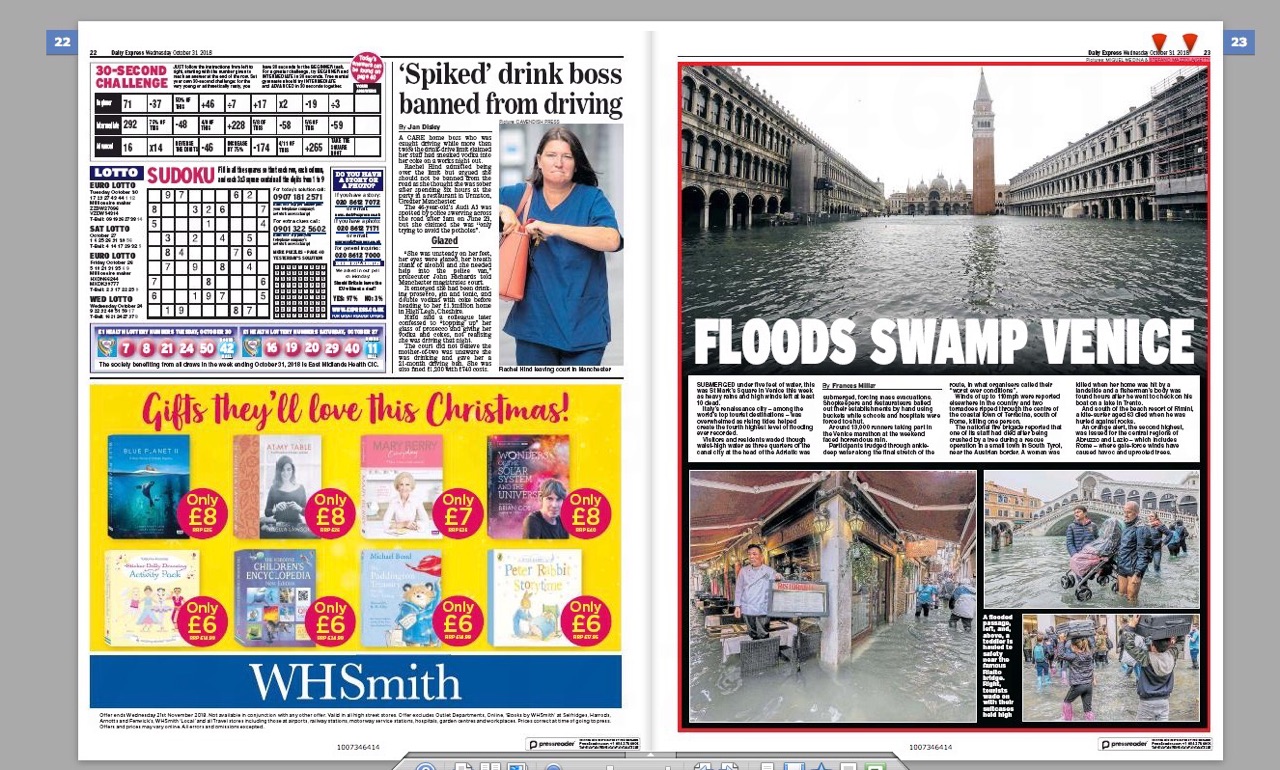Stepping into Venice feels like walking into a living postcard, where centuries of history and artistry are woven into every corner. If you’re planning your first visit, here’s a relaxed and balanced 3-day itinerary to help you soak in the city’s charm.
Day 1: Get Acquainted with the Magic of Venice
Start your journey in Piazza San Marco, Venice’s beating heart. Marvel at the intricate details of St. Mark’s Basilica and the towering Campanile. If you’re feeling adventurous, climb the bell tower for sweeping views of the lagoon and the city’s patchwork of rooftops.
From here, wander over to the Doge’s Palace. Take your time exploring its grand halls and the notorious Bridge of Sighs, where you can imagine the bittersweet history of prisoners catching their last glimpse of Venice.
For lunch, pick a quiet spot away from the crowds. Venice is filled with tiny bacari (wine bars) offering cichetti, small plates that make for a light and local meal.
In the afternoon, lose yourself in Venice’s labyrinth of alleys and canals. Let the city guide you—sometimes the best finds come from spontaneous detours. For sunset, head to Rialto Bridge. Its golden-hour glow is unforgettable.
Day 2: Islands and Traditions
Dedicate your second day to exploring Venice’s surrounding islands. Start early with a vaporetto (water bus) ride to Murano, famous for its glassmaking traditions. Visit a workshop to see artisans at work, and don’t miss the Glass Museum if you’re curious about this centuries-old craft.
Next, head to Burano, a photographer’s dream with its brightly painted houses lining narrow canals. It’s also the home of traditional lace-making. Grab a seafood lunch here—risotto di gò, a creamy fish risotto, is a local specialty.
If time allows, take a short detour to Torcello, one of the oldest settlements in the lagoon. It’s quiet and serene, with a charming basilica and the legendary Devil’s Bridge.
Return to Venice in the evening and stroll along the Zattere promenade. It’s less crowded than other areas, perfect for a relaxed dinner overlooking the water.
Day 3: Arts and Hidden Gems
Your last day is all about art and discovery. Start at the Gallerie dell’Accademia, a treasure trove of Venetian masterpieces. Nearby, cross the Accademia Bridge for a striking view of the Grand Canal.
For a dose of contemporary art, visit the Peggy Guggenheim Collection, housed in a palazzo with a stunning garden. Afterward, explore the Dorsoduro district, known for its bohemian vibe, quaint squares, and artisan shops.
In the afternoon, venture to Cannaregio, a quieter district with a rich history. Walk along the Fondamenta della Misericordia, dotted with canalside bars and restaurants. Don’t miss the Jewish Ghetto, a moving and significant part of Venice’s story.
Wrap up your visit with a gondola ride at dusk. It might feel a bit cliché, but floating through Venice’s quieter canals is an experience like no other.
Final Thoughts
Venice is a city best enjoyed at your own pace. Resist the urge to rush through a checklist of sights. Instead, embrace the unexpected: a hidden courtyard, the echo of footsteps on cobblestones, or a local shopkeeper happy to share a story. Whether this is your first visit or your tenth, Venice always has more to reveal.
Ready to fall in love with La Serenissima? ✨



































